Albatros D. III, 253.09 Oeffag, 1:48, Eduard, Hpt. Miroslav (Friedrich) Navratil, Flik 3J, 10 victories
A very nice model to build. I only removed the engine cover as they flew in the hot summer months. I retrofitted the engine with a few details. Next, I removed the surface detail on the fuselage and the bottom of the wings and put in new ones. Braids again from fishing line.
In the fall of 1916, Oesterreichische Flugzeugfabrik AG (Oeffag) received a license to build the D.III at Wiener-Neustadt. Deliveries began in May 1917. The aircraft were officially designated Albatros D.III (Oeffag), but were known as Oeffag Albatros D.III in Austria-Hungary and just Oeffag D.III in Poland.
Austrian pilots often removed the propeller from early production aircraft because it was prone to falling off in flight. Starting with aircraft 112 of the 153 series, Oeffag introduced a new rounded nose that eliminated the spinner. Remarkably, German wind tunnel tests showed that a simple rounded nose improved propeller efficiency and increased top speed by 14 km/h (9 mph). Noticing the wing failure of the D.III, Oeffag engineers modified the lower wing to use stronger spar ribs and flanges. These changes, as well as other detail improvements, largely solved the design problems that plagued the German versions of the D.III. In service, Oeffag aircraft proved popular, robust and efficient. The Oeffag built approximately 526 D.III aircraft between May 1917 and the armistice.
Navrátil was born in Sarajevo in the Condominium of Bosnia and Herzegovina. He attended high school in Sarajevo and completed cadet school in Graz. He served in the Austro-Hungarian Armed Forces as a fighter pilot with the Imperial and Royal Air Force in World War I. On the Eastern and Italian fronts, he scored a victory with Flik 41J on 14 April 1918 before taking command of Flik 3J on 9 June 1918. He scored another nine victories on Albatros D.III aircraft
He attained the rank of Oberleutnant. His winning streak lasted until 31 August, when he shot down a Bristol F.2 fighter, but lost all four of his inexperienced wingmen in the process. He returned to blame himself for their loss. He was largely withdrawn from combat operations. On October 21, during a test flight of an Albatros D.III, his seat cracked and he was injured during the subsequent emergency landing. He did not recover before the armistice.
With the establishment of the independent state of Croatia on 10 April 1941, Navratil was returned to active duty. He was appointed military representative in Bucharest. From September 2, 1943 to January 29, 1944, he served as Minister of the Armed Forces. After being relieved of his post, reportedly due to complaints about government brutality, he traveled to Vienna, where his family was located, and remained there until the end of World War II. In 1945 he moved to Zell am See, where he lived until American troops found him in 1946. In December 1946, he was extradited to communist Yugoslavia. He was sentenced to death in Zagreb on charges of war crimes and executed on 7 June 1947.
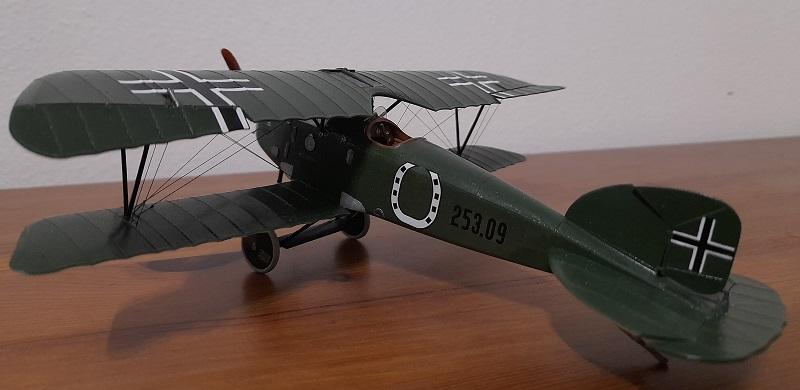
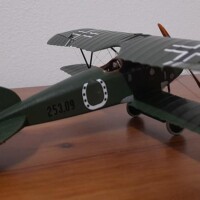
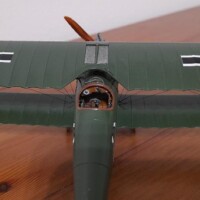
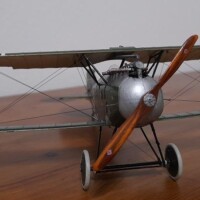
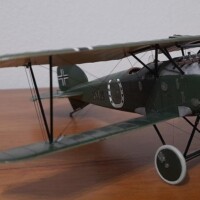

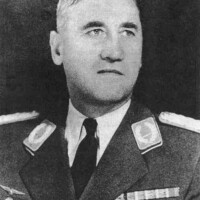
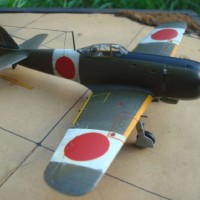
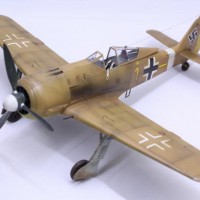
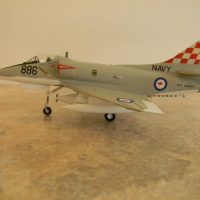

Well done, Milan
Thank you Gary.
You are most welcome. It's a great looking build.
By the way...sorry I posted so soon after your build, we must have been doing it at the same time.
Another excellent model and very interesting history, Milan!
Thank you Spiros.
Excellent post, superb model and interesting facts about it's pilot.
Thank you Chas.
Superb build of another great aircraft, Milan @milantesar
Very nice supporting article as well, thanks for sharing.
Thank you John.
Another "solid" Milan. Very nice work.
Thank you Tom.
Great looking build, Milan. @milantesar
Thank you John.
I really like this one, Milan. Very convincing metal work on the nose.
Thank you John.
Not such a colourful plane this time but still very nicely detailed and finished.
Thank you George.
Another great build and narrative Milan.
Superb Oeffag Albatros!
Thank you Robert.